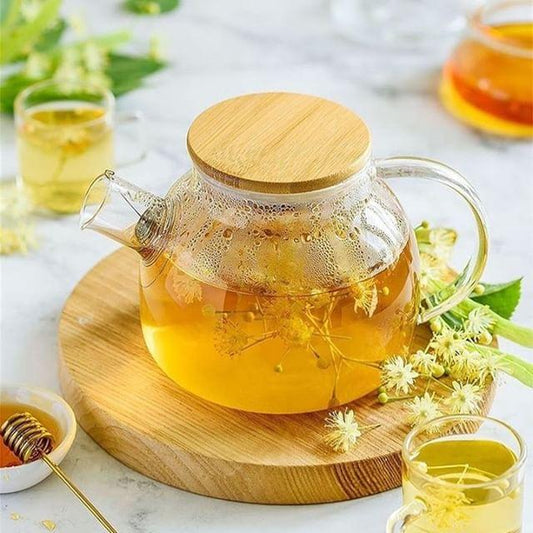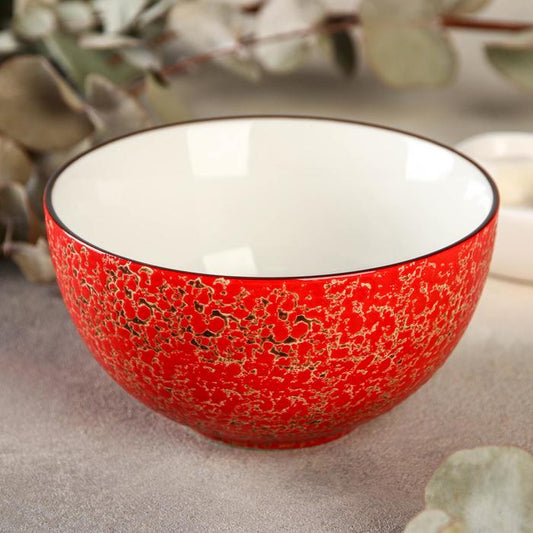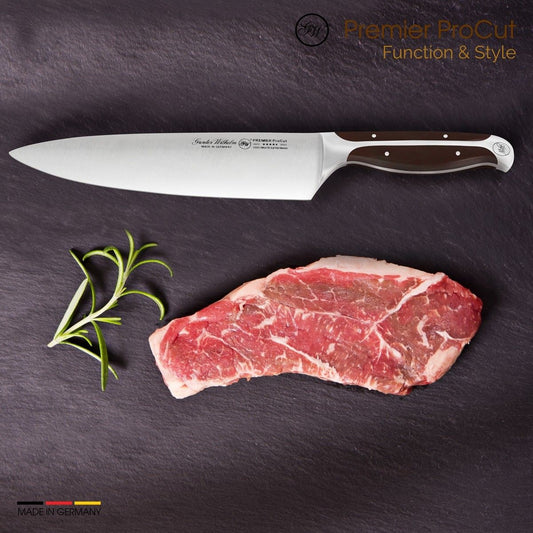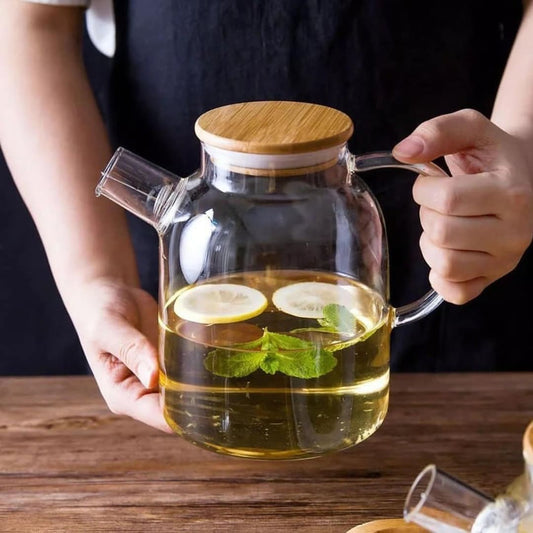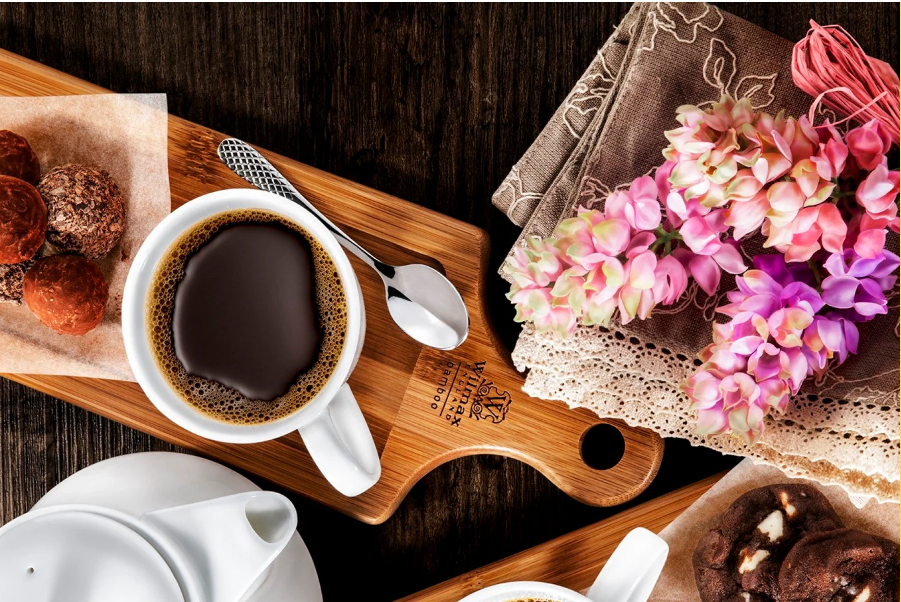TABLE SETTING
GENERAL TABLE SETTING GUIDELINES
The lower edges of the utensils should be aligned with the bottom rim of the plate, about one (1) inch up from the edge of the table.
To avoid hiding a utensil under the rim of a plate or bowl, lay it approximately one (1) inch away from the plate's side.
To eliminate fingerprints on the handle, hold flatware by the "waist," the area between the handle and the eating end of the utensil.
Elbow room requires a minimum of 15 inches between place settings or approximately 24 inches from the center of one place setting to the middle of the next.
Butter should be waiting on butter plates, the glasses filled with water, and the wine ready to be served before the guests are seated.
The water glass should be placed approximately one (1) inch from the tip of the dinner knife.
Place knives with blades facing the plate.
Do not place over three pieces of flatware on either side of the plate at one time (except forks if an oyster fork is used).
When an uneven number of people are seated, the odd-numbered place settings are laid opposite the middle of the even-numbered place settings.
THE PLAN
Try to plan the table setting to match your menu. When bread and butter are served, add a butter plate to the table. Use separate salad plates if serving your main course with gravy.
Depending upon the occasion, you may want to use a "formal" table setting or an "informal" table setting. Most of us will infrequently use a formal setting.
TABLECLOTHS AND PLACEMATS (TABLE LINENS)
Although a formal dinner requires a tablecloth, at informal dinners a tablecloth is optional. A bare table with placemats is the alternative.
DINNERWARE, FLATWARE, GLASSWARE
If you don't have enough good china and flatware to create place settings for your guests, you have three alternatives.
The first is to visit your local party supply store. Most have an extensive collection of formal tableware for rent.
The second is to create the second table setting at a smaller table with your everyday dinnerware, or use borrowed dishes and place settings.
The third choice, for casual dinners, is to mix and match.
CENTERPIECES AND CANDLES
Flowers or bowls of fruit work well as a centerpiece. Make sure the centerpiece doesn't stand so tall that guests can't see over it.
Candles, if meant to be merely ornamental, are placed on either side of the centerpiece. Or, place one candle above each place setting if they will be used as the only source of light.
THE INFORMAL TABLE SETTING

Etiquette Scholar welcomes you to enjoy the best table setting how-to lists
At an informal meal, all flatware is laid on the table at one time. At the host's option, the dessert utensils may be brought to the table on the dessert plate.
The following is a standard table setting for a three-course meal. Note the basic "outside-in" rule. The piece of flatware that will be used last is placed directly next to the plate you are using.
FORKS
Both forks are placed on the left of the plate. The fork furthest from the plate is for salad. The fork next to the plate is for the dinner. (Please Note: At more formal meals where the salad is served after the main course, the order of placement is reversed.)
Fork tines may be placed downward, in the continental style, or upward, in the American style.
DINNER PLATE
The dinner plate is placed on the table when the main course is served and is not on the table when the guests sit down.
Large plates, such as the dinner plate and luncheon plate, are laid about one (1) inch in from the edge of the table.
SALAD PLATE
The salad plate is placed to the left of the forks.
Small plates, such as the salad plate, fish plate, and dessert plate, are laid about two (2) inches in from the edge of the table.
DINNER KNIFE
The dinner knife is placed on the right side, and directly next to and one (1) inch away from, the plate. The blade should face the plate. If the main course requires a steak knife, it may be substituted for the dinner knife.
SPOONS
The soup spoon is on the far right of the outside knife.
BREAD PLATE WITH BUTTER KNIFE
A small bread plate is placed above the forks, above and to the left of the service plate.
The butter spreader is laid on the bread-and-butter plate.
GLASSWARE
Usually, one wine glass is used along with a water goblet. If the table setting is uncrowded, there is room to arrange glassware in any way you like, such as in a straight line parallel with the edge of the table or a diagonal line angled toward the table's edge.
WATER GOBLETS
The water glass is placed in a position closest to the hand, approximately 1 inch above the tip of the dinner knife.
WINE GLASSES
At least one wine glass should sit to the right and possibly above the water glass.
NAPKINS
Place the napkin in the place setting's center, or left of the last fork.
COFFEE CUPS
Place a cup and saucer to the right of the place setting. The coffee spoon goes to the right of the saucer.
Place approximately one (1) inch beyond the outermost piece of flatware. The top edge of the saucer is aligned with the top rim of the plate or bowl.
Cup handles are faced in the four o'clock position for easy access.
DESSERT SPOON AND FORK
At an informal meal, when two utensils are provided for dessert, the utensils are laid on the table or presented on the dessert plate.
The dessert spoon (or dessert knife) is laid on the table above the dinner plate in a horizontal position, handle facing right.
The dessert fork is laid beneath the dessert spoon (or dessert knife), handle facing left.
The dessert utensils may also be presented on the dessert plate in the same way as formal service.
SALT AND PEPPER
Since more people use salt than pepper (and most people are right-handed), the salt shaker is placed to the right of the pepper shaker, in a position closer to the right hand.
The placement of the pepper shaker is to the left of the salt shaker, and for the added definition, it is angled slightly above the salt shaker.
They are placed above the cover or between two place settings.
Because salt is finer than pepper, the lid of the salt shaker is punctured with smaller, more numerous holes than a pepper shaker.
Once the table is set, the next consideration is the informal dinner service.
thank you to etiquette scholar (https://www.etiquettescholar.com/dining_etiquette/table_setting.html)
Share:

